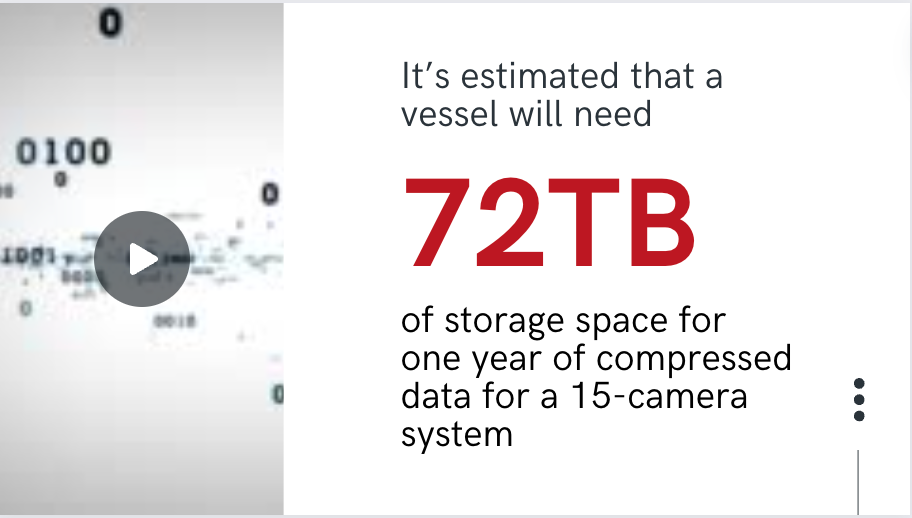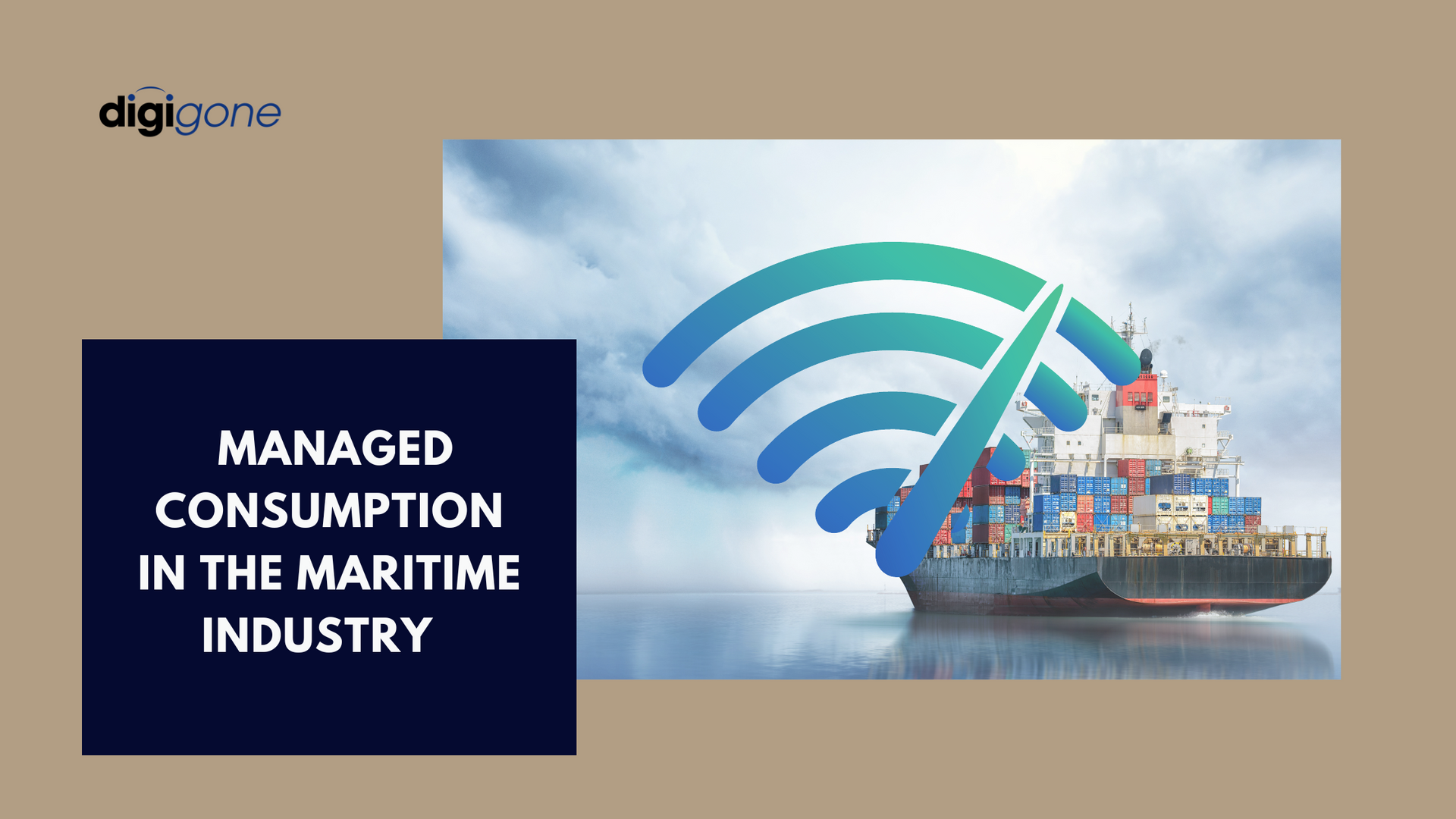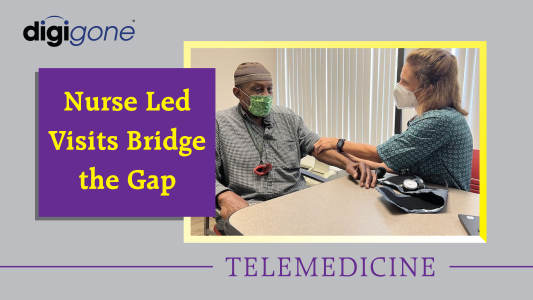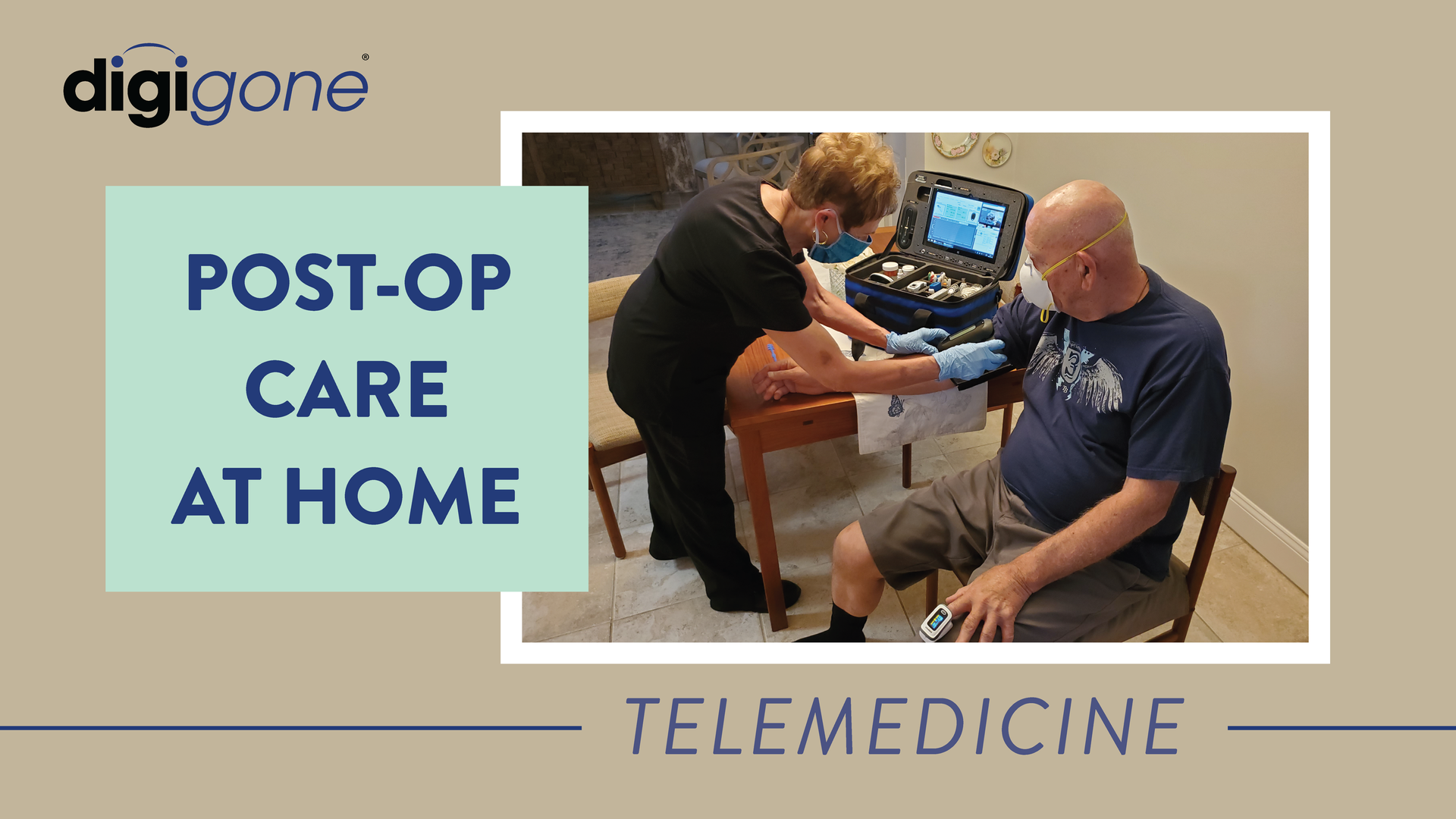Saving Lives in Remote Sub-Saharan Areas with Portable Ultrasound
Digigone • December 6, 2019
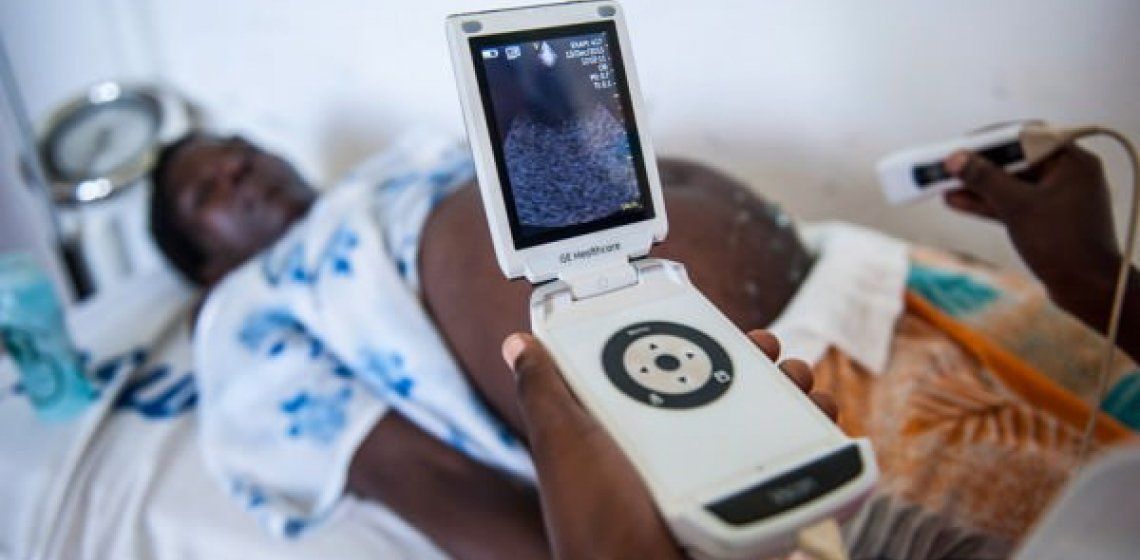
Portable ultrasound devices are transforming medical care in remote and inaccessible places. While ultrasounds are a vital part of prenatal care, their value extends far beyond that; including the battle against what The World Health Organization labels as the two leading causes of death
in Africa.
A Hospital in a Backpack
Traditional ultrasound machines are large and cumbersome, making them difficult to transport to far-off places. But now, the tables have turned. These important medical instruments are now pocket-sized devices that can be plugged into an iPhone, which serves as the screen, meaning they can essentially be taken anywhere. They can also be easily integrated in a portable telemedicine kit which will allow for a comprehensive medical check with data and images being transmitted in real time.
The technology behind portable ultrasounds makes it possible to immediately view and upload images, as well as allow technicians or doctors to collaborate from any part of the world.
Further, the interface for the ultrasounds that appears on iPhones or within the telemedicine kits is typically described as intuitive and easy to use. Although it is obviously most valuable in the hands of a doctor or trained technician, the technology allows even the most untrained person to assist.
Detecting Pneumonia in Children
One of the most significant impacts of this device is in the fight against pneumonia. According to UNICEF, nearly 1 million children under the age of 5 die from pneumonia worldwide every year; Causing more deaths than HIV/AIDS, diarrhea and malaria combined.
About half of those children who succumb to pneumonia live in sub-Saharan Africa.
“facilitate community access to effective and timely diagnosis.”
The handheld ultrasound device, whether connected to an iPhone or a portable telemedicine kit, allows for an immediate view of a patients’ lungs. This is precisely the timely access and diagnosis UNICEF is referring to.
In a 2017 study
that looked at the use of ultrasound devices in community-acquired pneumonia in children, researchers concluded that, “In settings where chest radiography is not available, lung US [ultrasound] may fill an important diagnostic gap for children presenting with suspected pneumonia.”
The Life-Saving Allure of Seeing an Unborn Baby
In addition to pneumonia, diagnosing and treating children with HIV is another monumental issue. HIV continues to spread from mothers to their children at an alarming rate.
UNICEF reported that in 2018 around 2.5 million children and adolescents were living with HIV in sub-Saharan Africa. Even more devastating, the agency stated that more than 100,000 died from AIDS-related causes that same year. This is primarily the result of mothers not having access to life-saving screening, treatment and information.
In a collaborative study, a team of researchers travelled to all parts of Africa and offered free medical care. They knew that if they could screen pregnant women, they could potentially offer live-saving treatment for both them and their unborn children. But, mothers in the area are hesitant, for a variety of reasons, to seek help or medical care.
Dr. Michael Silverman with Western University and Lawson Health Research Institute, who was part of the collaboration, explains in this video
how they solved the problem.
“Our hypothesis was that if we could offer free ultrasound to see their unborn baby, that women would come forward,” says Dr. Silverman.
So, before arriving in an area, they bought radio advertisements promoting a free ultrasound – an opportunity to see their unborn baby – and medical care.
It worked. Many expecting mothers arrived. Not only was each of them able to see their child in the womb, but doctors had the opportunity to do screenings for HIV. They were able to take this time to consult and advise the women on how to prevent the spread of HIV from mother to child. In doing so, they literally saved babies’ lives.
An Invaluable Medical Tool
When we’re talking about a medical instrument that cost as little as $1,500 and we look at the impact it can have on the lives of so many, attaching an actual value the portable ultrasound is impossible.
Now, Imagine the impact in the level of medical care you could provide if you were able to integrate this into a telemedicine kit. The telemedicine kit will allow you to stream those ultrasound images along with other pertinent health data in real time to a specialist in a hospital several thousand miles away. With this information on hand, the specialist can assist in reviewing the medical data, view the patients current state of health, suggest lab tests to be drawn, provide diagnosis, prescribe treatment, etc. The impact that the portable ultrasound and telemedicine kit could have on rural health is invaluable. More people in rural communities will have the access to healthcare with effective and timely diagnosis and treatments that they so desperately need.

Telemedicine kits are becoming indispensable tools for home healthcare providers, particularly during transition care medical examinations (TCMs). While the initial TCM is conducted by a physician who generates revenue from the service, the telemedicine kit significantly benefits home healthcare providers by expediting patient registration for their care services. With a nurse or medical assistant deploying the kit, patients can be quickly evaluated and connected with a physician, ensuring all necessary documentation and approvals are completed more efficiently. This faster onboarding process allows home healthcare providers to register more patients in less time, helping them deliver care sooner and grow their services efficiently. The ability to “bring the doctor” to the patient through a telemedicine kit is invaluable in initiating care seamlessly. Once patients are on board, home healthcare providers can continue leveraging telemedicine technology to improve how they deliver services. The kits enable nurses and medical assistants to perform follow-up visits, diagnostics, and real-time consultations without requiring patients to leave their homes. This capability allows providers to optimize their schedules and visit more patients daily, all while maintaining a high standard of care. The efficiency gained means better coverage, smarter use of resources, and happier patients. Beyond efficiency, telemedicine kits help providers build stronger connections with their patients by making care more accessible and personalized. Providers can quickly respond to emerging health concerns, adjust care plans, and ensure ongoing monitoring—all from the patient’s home. This not only leads to better patient outcomes but also boosts the provider’s reputation for being reliable and innovative. By facilitating the registration of more patients and enhancing care once they are onboarded, telemedicine kits are powerful tools that enable home healthcare providers to expand their reach, improve operational efficiency, and thrive in an increasingly competitive market. In a rapidly evolving healthcare landscape, telemedicine kits are revolutionizing how home healthcare providers deliver care, enabling faster patient onboarding, enhanced service delivery, and stronger connections with patients. By integrating this indispensable technology, providers can streamline operations, improve patient outcomes, and position themselves as leaders in care innovation. Don’t miss the opportunity to elevate your home healthcare services. Explore how telemedicine kits can help you expand your reach, optimize your resources, and deliver exceptional care. Contact us today to learn more and take the next step toward transforming your care delivery model.

With the new Safer Seas Act, vessel companies must comply with many new regulations by the end of the year. One of those requirements includes audio equipment placed outside of hallways leading to staterooms, which DigiGone can help with. And while this may seem burdensome, these new rules will be good for vessel companies in the long run.



